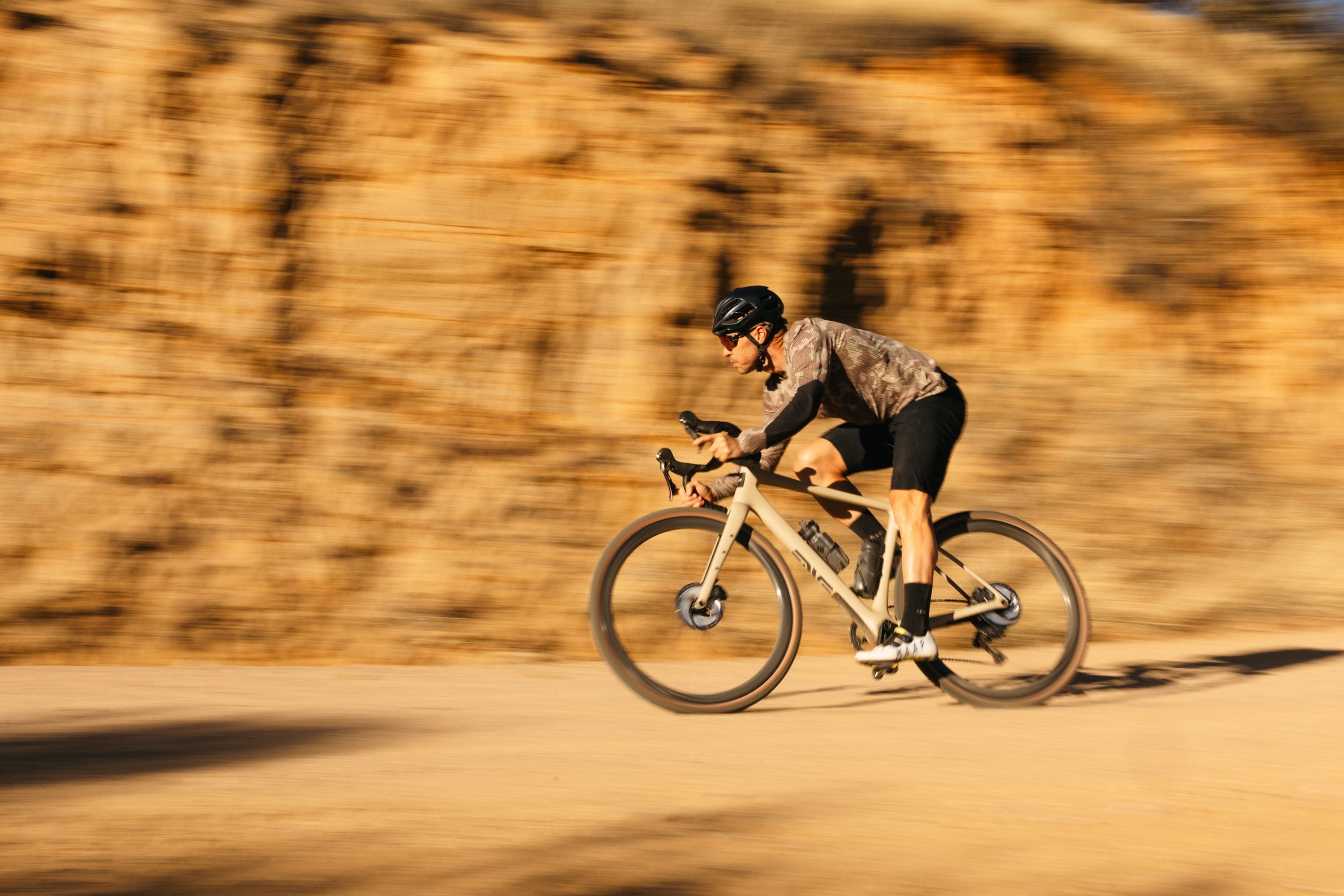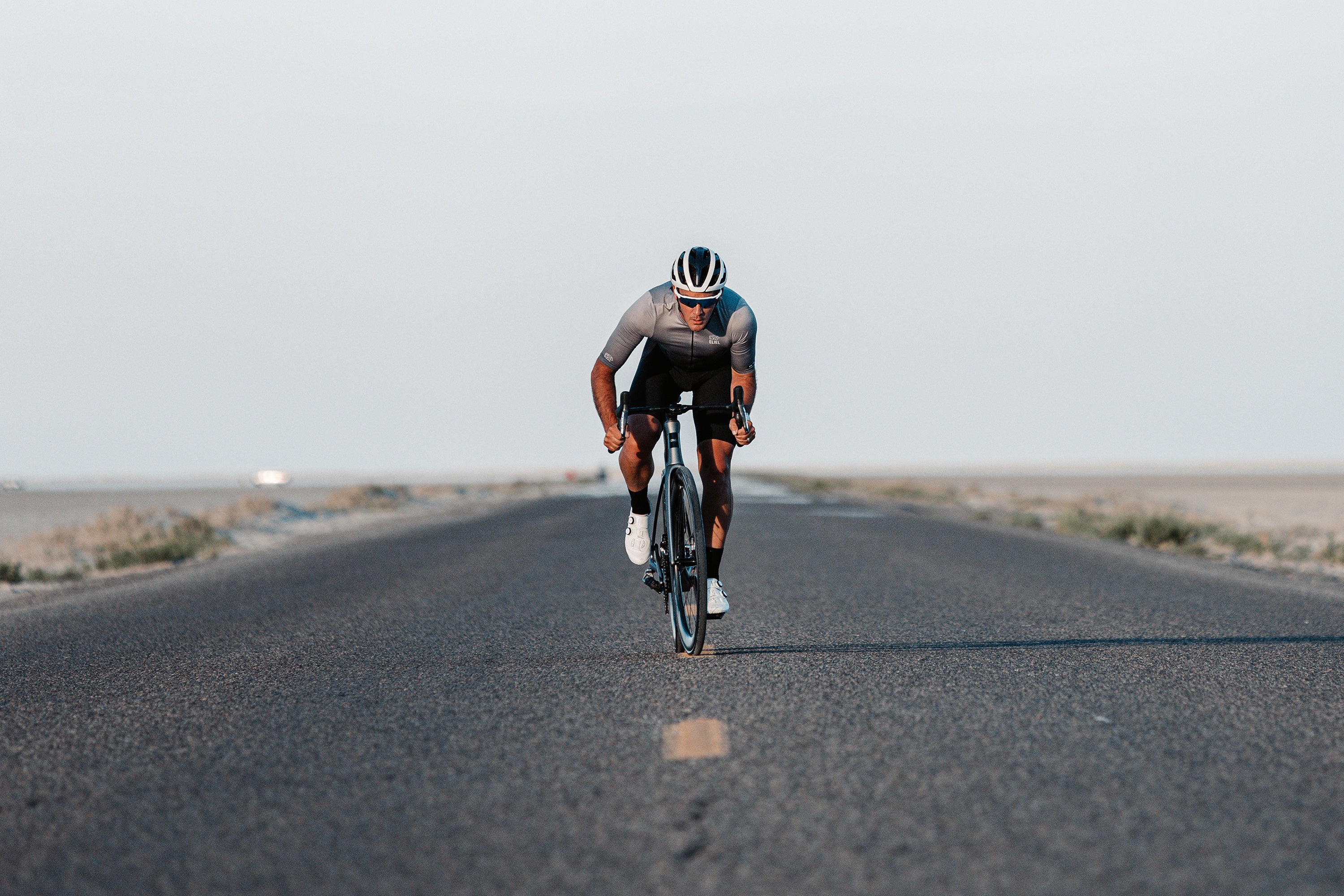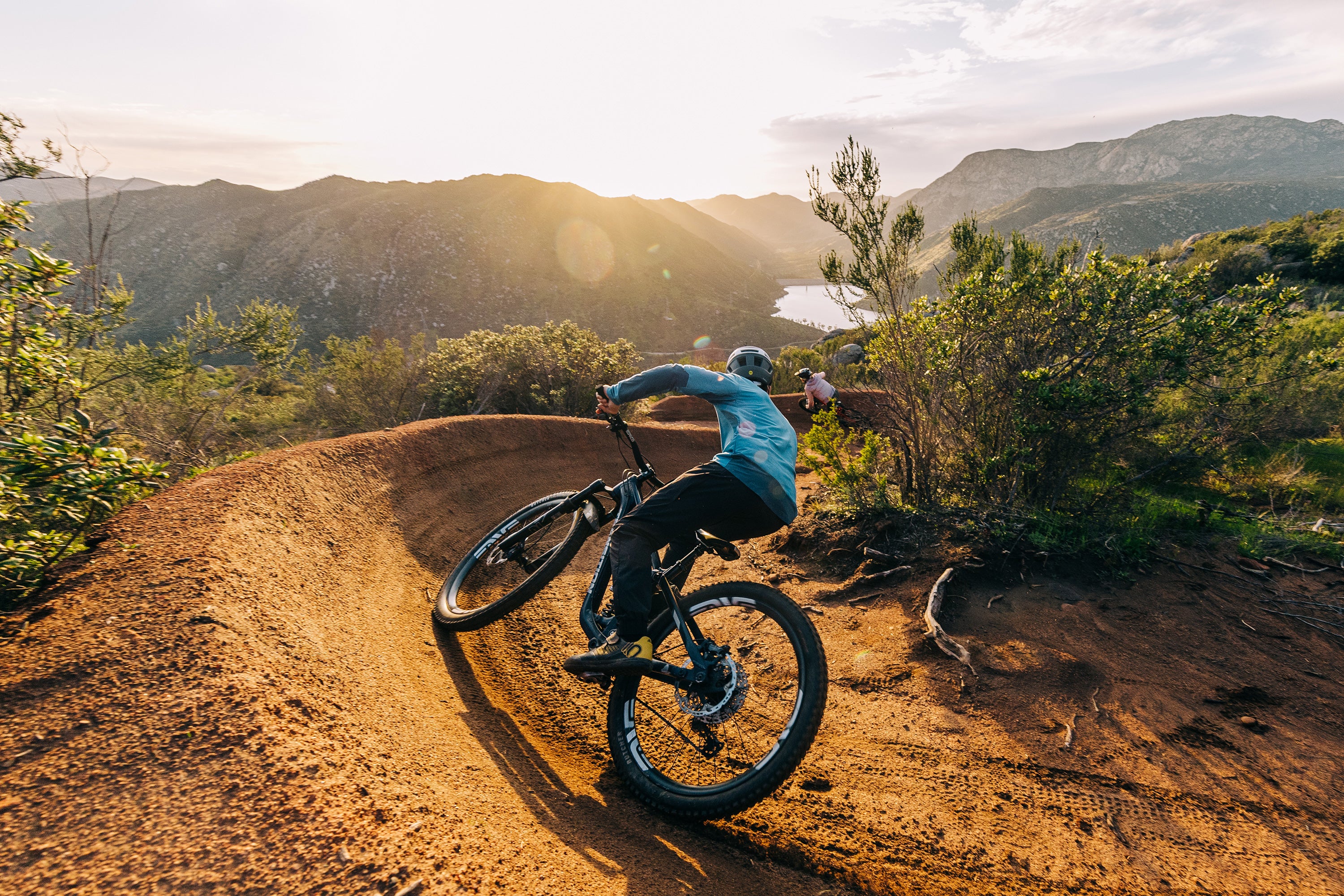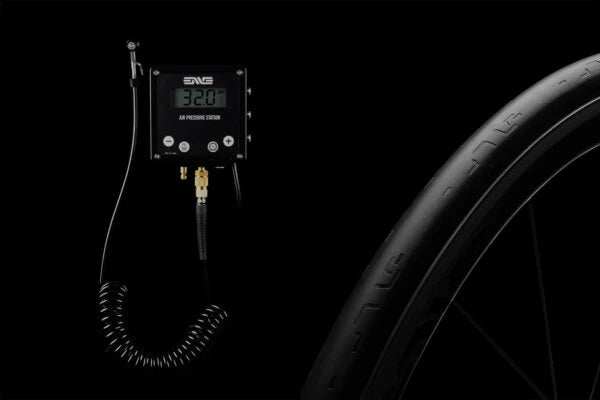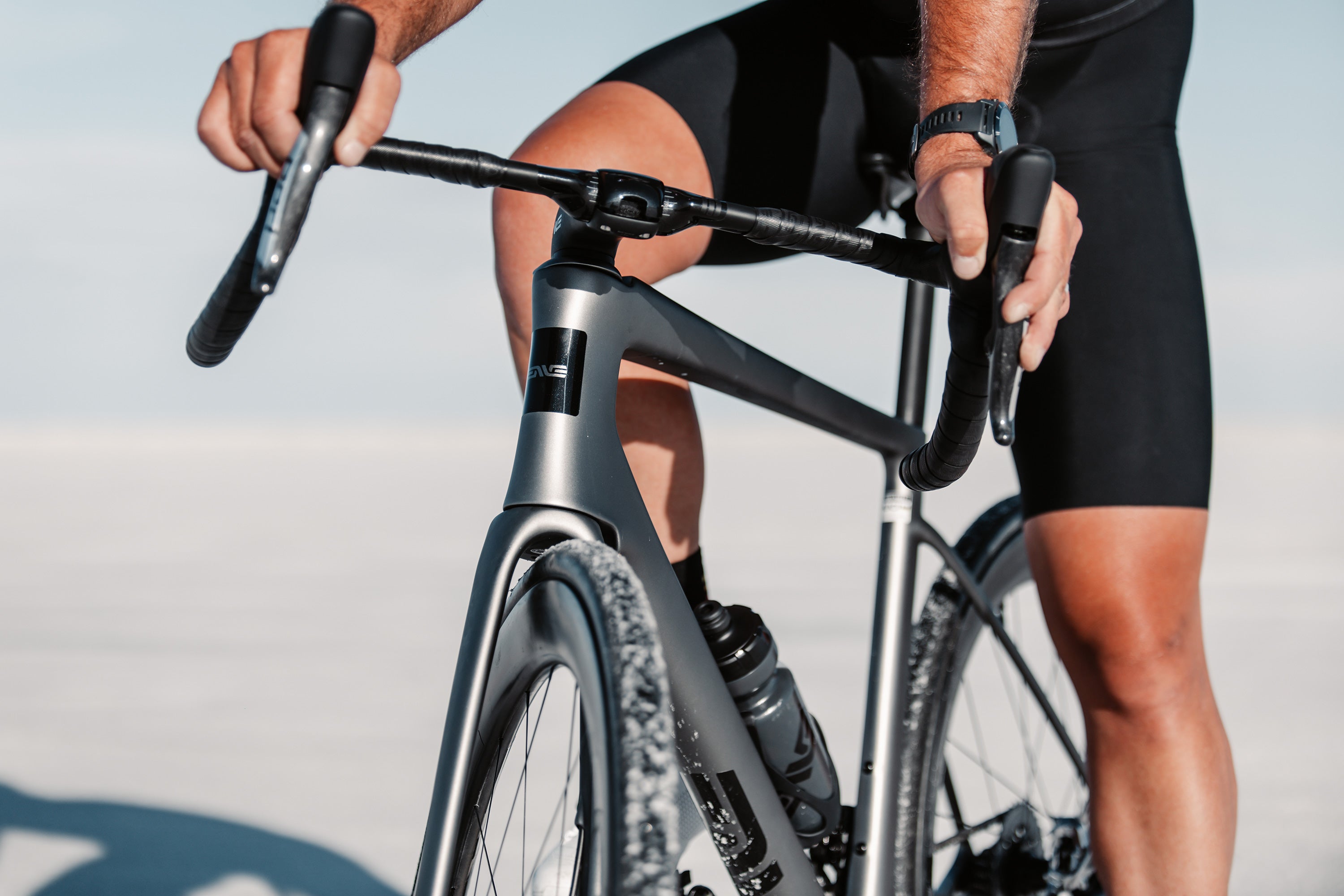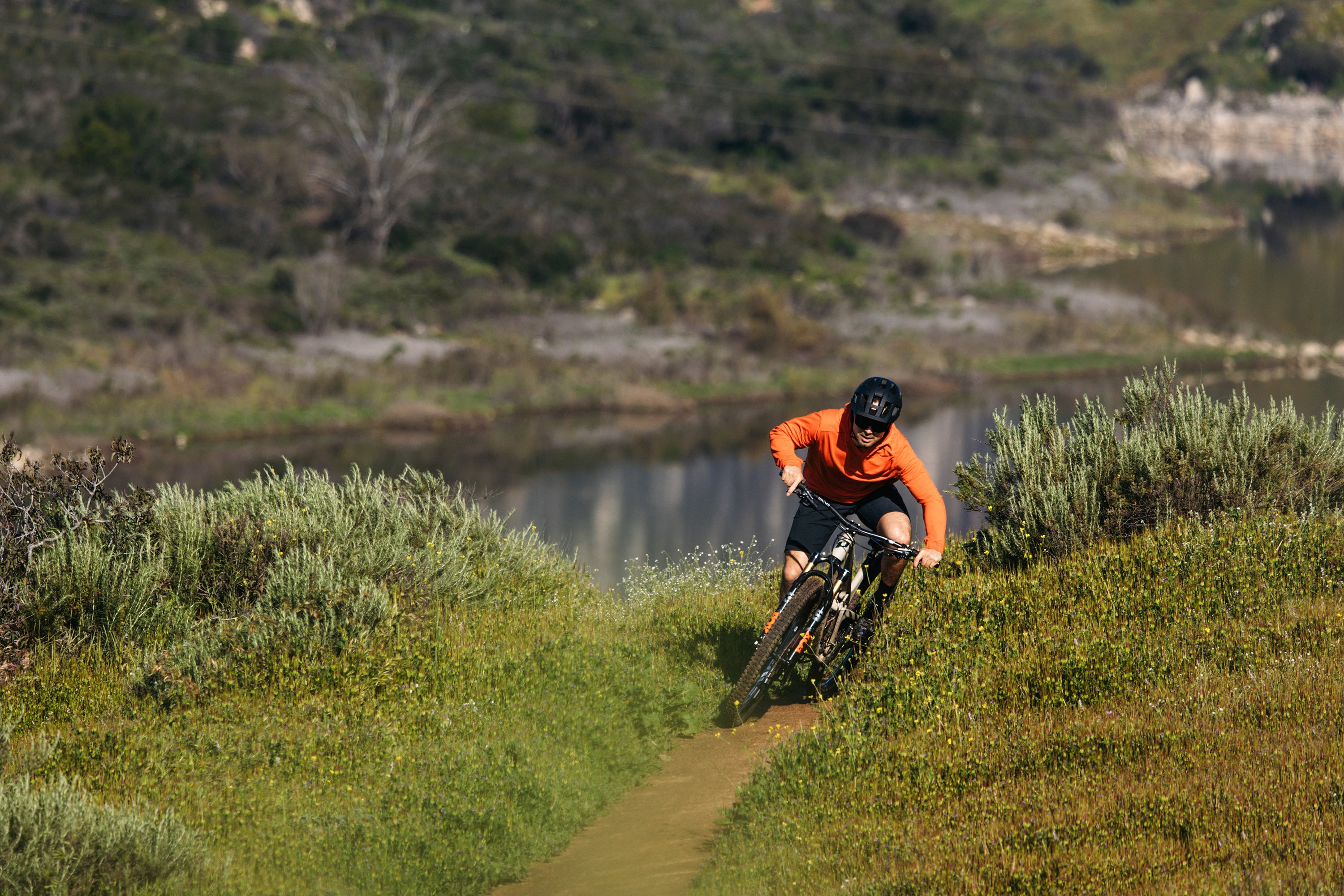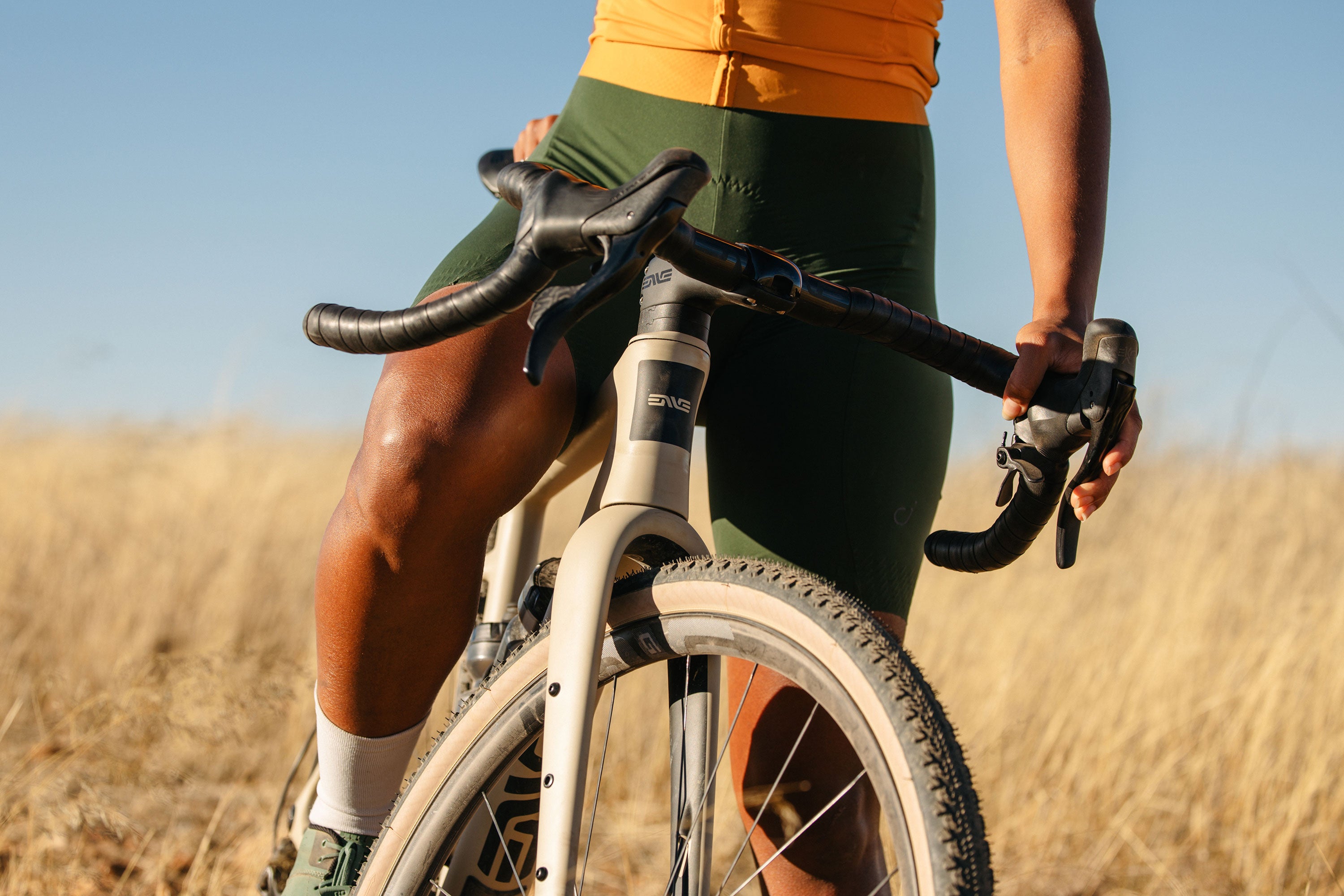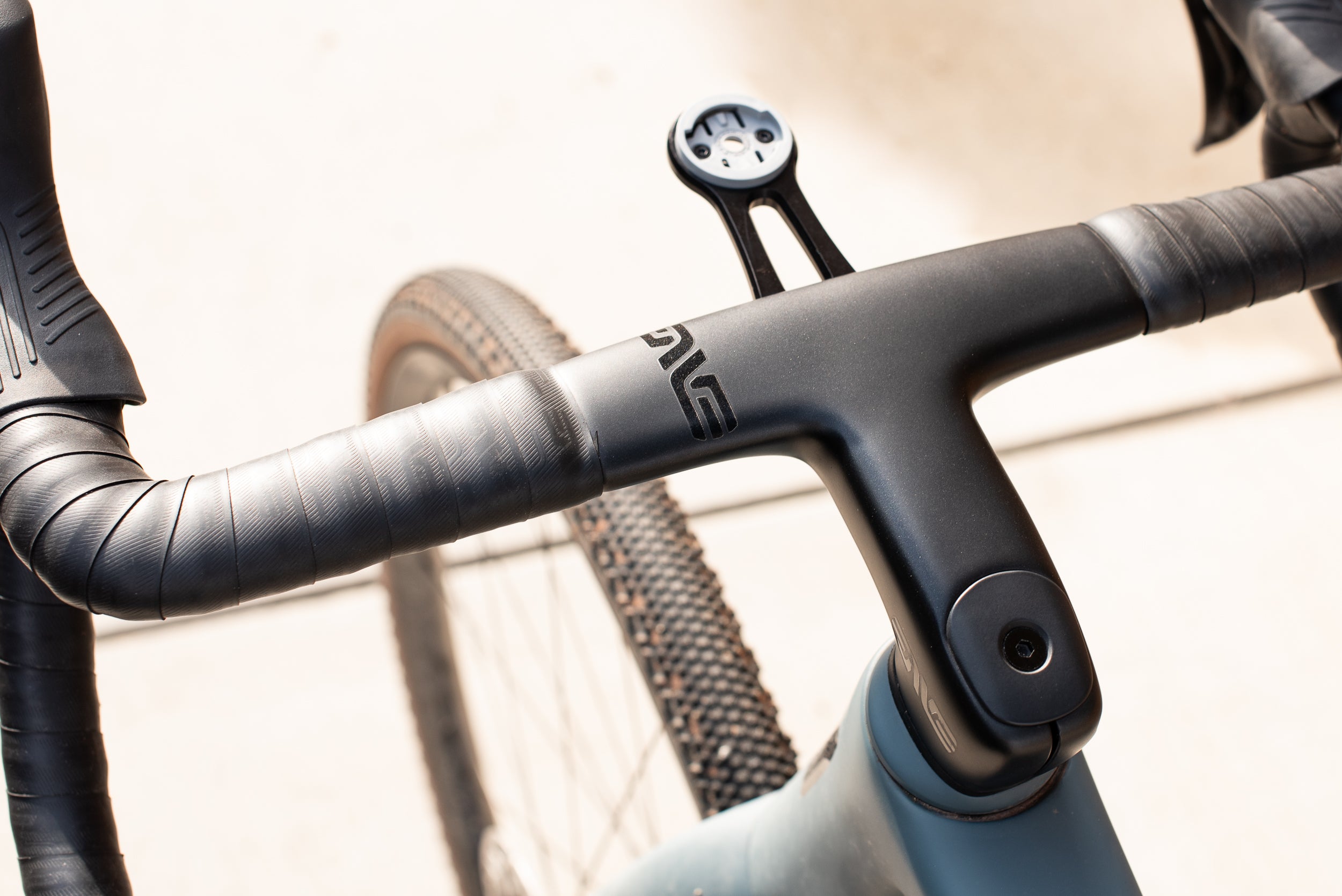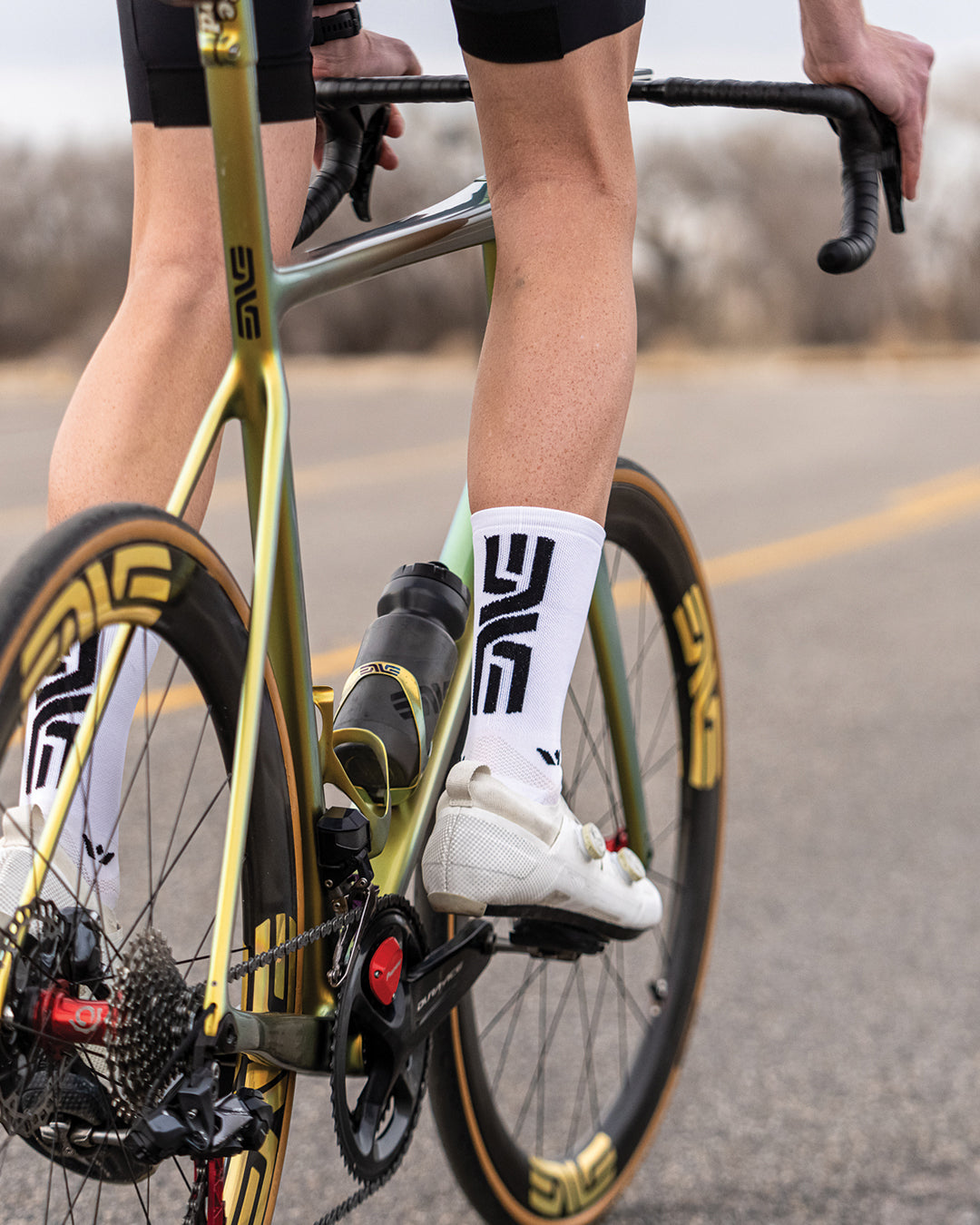The Race For Yellow
Words by: Zach Nehr
Photos by: Gruber Images
Tadej Pogačar enters the Tour de France as the red-hot favorite with his eyes set on the Giro-Tour double. Coming off his win at the Giro d’Italia, Pogačar will be backed by arguably the strongest team in the Tour. Adam Yates and João Almeida recently dominated the Tour de Suisse, with both riders showing some of the best form of their lives.
Nevertheless, UAE Team Emirates will have their work cut out for them throughout the Tour. Let’s take a closer look at the hard start to the Tour, the challenging parcours riddled with both long and punchy climbs, and a final time trial that could flip the race on its head.
This is the 2024 Tour de France preview.
Week 1 — A Punchy Start, High-altitude Finish, and 25 km Time Trial
This year’s Tour de France does not begin with a traditional sprint stage or opening prologue. Instead, the peloton will race 206 kilometers from Firenze to Rimini with a total of 3,847 meters of climbing. In other words, the Tour begins with a medium mountain stage with seven categorized climbs. Normally, you might not expect GC action this early in the race, but UAE Team Emirates will likely have other plans.
These opening stages could be an opportunity for riders like Pogačar to attack. Indeed, Stage 2 of the Tour features an even tougher climb in the finale, the Cote de San Luca (2 km at 9.7%). Pogačar has done well on this climb while riding ENVE SES 4.5 wheels, the equipment of choice for UAE Team Emirates.

As one of the most versatile riders in the world, Pogačar needs his equipment to match his equally genius and ambitious riding style. Pogačar and UAE Team Emirates will ride ENVE wheels throughout the Tour de France, which could play a crucial role in the outcome of the race. From the mountains to the gravel roads and the sprint stages, Pogačar and his teammates will have the choice of the complete ENVE SES line of wheels, but if history is any indicator, the incredibly versatile SES 4.5 wheels will be the go-to on nearly every stage.
The big mountains begin as early as Stage 4, which features the Souvenir Henri Desgrange that marks the highest point in the Tour de France. This year, that prize belongs to the Col du Galibier, which tops out at 2,627 meters above sea level with 19 km to go in Stage 4. Any riders lacking tip-top shape could start imploding at such high altitude. In theory, Pogačar could go on the attack at high altitude, just like he did in Stage 15 of this year’s Giro in Livigno to put minutes into his GC rivals.
There are many different ways to measure climbing performance, but here, we’ll use VAM to compare and contrast Pogačar’s estimated efforts. VAM is an acronym for the Italian phrase ‘velocità ascensionale media’, but colloquially, it has been English-translated to ‘vertical ascent in meters.’ In other words, VAM is an estimate of the number of vertical meters you climb per hour.
You can think of VAM like speed, but vertically. Instead of traveling horizontally at 20 kph or mph, you are climbing at a VAM of 500 vertical meters per hour, for example. VAM is strongly influenced by the length and gradient of a given climb – it’s easier to produce a higher VAM on shorter and steeper climbs, for example.
An exceptional VAM is >1,500 Vm/h on any given climb, while most amateur riders will be around 300-600 Vm/h. World-class VAM is >1,800 Vm/h, especially on longer climbs, in the heat, and up to high altitudes.
A signature Pogačar attack could come with 25km to go on Stage 4, the steepest section of the Col du Galibier. In 2022, Pogačar climbed the Galibier in just over 48 minutes. But he is showing the best form of his life in 2024, so we wouldn’t be surprised if he goes a few minutes faster this year.
Pogačar – Col du Galibier during the 2022 Tour de France
Time: 48’ 10”
VAM: 1,492 Vm/h
Estimated time in the 2024 Tour de France: 45-46 minutes
Estimated VAM: 1,700-1,800 Vm/h

The Tour’s long first week continues with two sprint stages before a 25 km individual time trial in Gevrey-Chambertin. There is a 1.5km 6.5% in the middle of the course, but the rest of the TT is flat. Riders like Time Trial World Champion Remco Evenepoel could claw back time on Pogačar, while pure climbers like Sepp Kuss and Richard Carapaz could be facing significant time losses. Look for the Tadej to be using the ENVE aero extensions designed to give him the fit and weight reduction required to time trial with the very best.
Week 1 ends with a 203 km stage in Troyes featuring 14 gravel sectors. While the gravel stage in the Giro d’Italia was a let-down, Stage 9 of the Tour features significantly more gravel, including six sectors in the final 30km of the stage. There are plenty of chances for chaos before the Tour’s first rest day.
 Week 2 — Welcome Respite Before Two Consecutive Summit Finishes
Week 2 — Welcome Respite Before Two Consecutive Summit Finishes
A few steep climbs could make Stage 11 interesting, but that pales in comparison to the summit finishes on Stage 14 and 15. First up is the Pla d’Adet (10km at 8.7%), a steep climb that includes a short descent with 3km to go on Stage 14.
The following day is one of the hardest stages of the Tour – Stage 15 features 5,043 meters of climbing in 199 kilometers from Loudenvielle to Plateau de Beille. Each of the five climbs throughout the stage has an average gradient between 7.8 and 9.9%, and that includes the Col de Peyresourde (6.8km at 8%) beginning at Kilometer Zero. The current record ascent of the Plateau de Beille is just under 45 minutes, but a rider like Pogačar could go even faster.
Pogačar – Plateau de Beille
Estimated Time: 43-44 minutes
Estimated VAM: 1,750-1,850 Vm/h

Week 3 — Massive Mountains and the Final Time Trial in Nice
More sprint stages and medium mountains lie in between Plateau de Beille and the next summit finish at Isola 2000 on Stage 19. Pogačar has a special connection to the Isola climb—in between this year’s Giro and Tour, Pogačar stayed at an altitude camp at Isola 2000. It’s safe to say he knows every curve, every descent, and every climb in Isola.
After the horribly long climb of the Cime de la Bonette (23km at 6.9%), the Tour finishes at Isola 2000 (16.4 km at 7%). Though the gradients aren’t the steepest, early attacks on the Cime de la Bonette could wreak havoc on a peloton full of Grand Tour fatigue.
The final mountain stage of the Tour features 4,763 meters of climbing in just 133 km from Nice to the Col de la Couille. At this point in the Tour, cracks will turn into fissures as the peloton attacks their way to Tour de France glory.
Instead of the traditional sprint finish on the Champs-Élysées, this year’s Tour ends with a 35 km from Monaco to Nice. The route holds a special place in Pogačar’s heart because Monaco is where he calls home. On top of that, Pogačar will be looking to rewrite the history books against Jonas Vingegaard. The Dane put nearly two minutes into Pogačar in last year’s time trial from Passy to Combloux, and that route was only 22.4 kilometers.
 The Monaco-to-Nice route features similar parcours, much hillier than a traditional TT route. After 3 km, the riders begin climbing La Turbie (8.2 km at 5.7%). After a quick descent, they’ll sprint up the final climb of the Tour, the famous Col d’Eze (1.6 km at 8.7%). From there, it will be a lightning-fast descent to the beautiful finish in Nice.
The Monaco-to-Nice route features similar parcours, much hillier than a traditional TT route. After 3 km, the riders begin climbing La Turbie (8.2 km at 5.7%). After a quick descent, they’ll sprint up the final climb of the Tour, the famous Col d’Eze (1.6 km at 8.7%). From there, it will be a lightning-fast descent to the beautiful finish in Nice.
Conclusion
The 2024 Tour de France is shaping up to be one of the most highly anticipated Grand Tours in recent history. Who is the true favorite? Some are saying Pogačar could be suffering from post-Giro fatigue, while others are claiming he’s in the form of his life.
Defending Tour Champion Jonas Vingegaard hasn’t raced since crashing heavily in the Itzuila Basque Country, and Remco Evenepoel maintains that he hasn’t reached peak shape. Primož Roglič just won the Critérium du Dauphiné, but he also crashed during the race and nearly lost the GC on the final stage.
It almost seems like everyone is claiming to be the underdog, which means that it’s anyone’s race to win. From the Grand Depart in Italy to the final time trial in Nice, there are so many opportunities to attack in the 2024 Tour de France. By the same token, there are an equal number of opportunities to falter over the parcours. What we can say with 100% certainty is that Tadej Pogačar will be attacking from start to finish. Whether he is racing uphill, downhill, gravel, time trial, or sprint…expect to see Pogačar going for the win.



